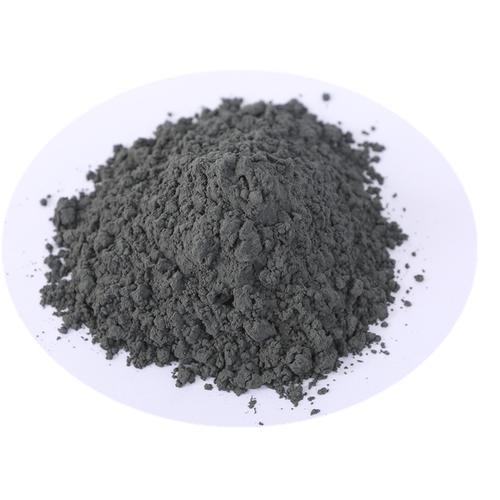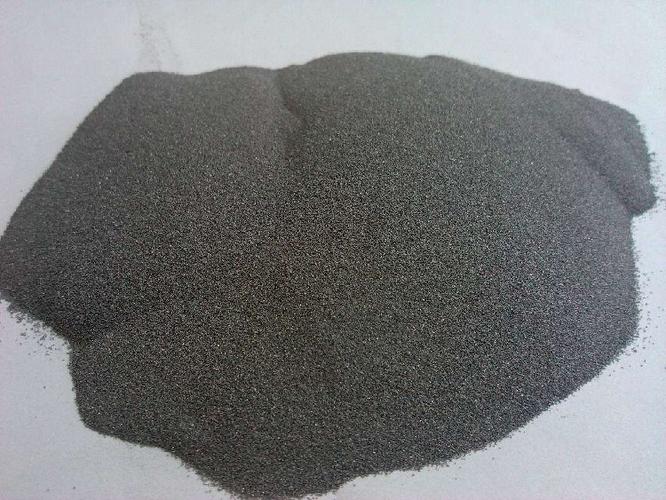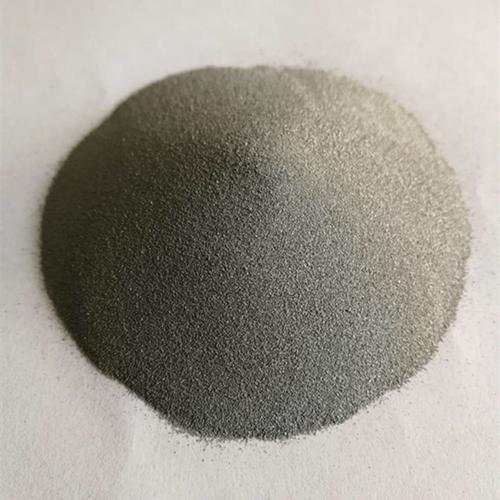**Metal Dust Mysteries: The Hidden Link to Your Throbbing Head**
(Can Metal Powder Dust Cause Headaches)
You’ve spent hours sanding, grinding, or welding metal in your workshop. The air shimmers with a fine, metallic haze. Your hands are coated in gray powder. By the end of the day, a dull ache pulses behind your temples. Coincidence? Maybe not. Let’s dig into why that glittering cloud of metal dust might be messing with your head—literally.
Metal powder dust is everywhere in industrial settings, hobby workshops, or even DIY projects. Tiny particles float in the air, settle on surfaces, and cling to skin. These particles aren’t just messy. They can irritate your eyes, nose, and throat. But headaches? The connection isn’t as far-fetched as it sounds.
First, think about what happens when you breathe in metal dust. Your nose and lungs aren’t built to handle foreign particles. Dust triggers irritation. Your body reacts by inflaming the nasal passages or throat. This irritation can spread. Sinus pressure builds up, especially if you’re prone to allergies. Congested sinuses often lead to tension headaches. Picture a vise tightening around your skull. That’s your body sounding the alarm.
Some metals are worse than others. Take aluminum, for example. It’s common in workshops. Aluminum dust is light and stays airborne longer. Inhaling it might cause respiratory issues, but studies suggest it can also affect the nervous system. Zinc oxide fumes—common in welding—are infamous for causing “metal fume fever.” Symptoms include headaches, fatigue, and chills. Even stainless steel grinding releases chromium particles. These can trigger sinus inflammation, nudging your head toward ache territory.
Then there’s the physical side. Working with metal often means noise, bright lights, or repetitive motions. Add dust inhalation to the mix, and your body faces multiple stressors. Stress tightens muscles in your neck and shoulders. Tension headaches follow. It’s a chain reaction. The dust isn’t the sole villain, but it’s a key player.
Protecting yourself starts with basics. Wear a respirator mask rated for metal dust. Regular cloth masks won’t cut it—particles are too fine. Use ventilation systems or fans to keep air moving. Open windows if you’re working in a small space. Wipe down surfaces often. Metal dust loves to linger. Wash your hands and face after handling materials. Don’t rub your eyes mid-task.
Hydration matters too. Dust dries out your nasal passages. Dry sinuses crack, making it easier for particles to irritate tissues. Drink water. Use saline sprays to keep nasal membranes moist. If headaches persist, track when they happen. Note the type of metal, duration of exposure, and other factors like noise or posture. Patterns might emerge.
Curious about long-term risks? Heavy metals like lead or cadmium—sometimes present in alloys or coatings—can accumulate in the body. Chronic exposure links to neurological issues. Headaches might be an early warning. Always check material safety sheets for metals you handle. Knowledge is armor.
Not everyone reacts the same. Your coworker might shrug off metal dust while you’re reaching for painkillers. Genetics, existing health conditions, and sensitivity play roles. Listen to your body. If headaches spike after metalwork, don’t ignore it. Adjust your safety gear or workspace setup.
Science is still connecting the dots. Few studies focus solely on metal dust and headaches. Anecdotal evidence from workers, though, paints a clear picture. Complaints about headaches cluster in industries with high metal particulate exposure. It’s enough to take seriously.
(Can Metal Powder Dust Cause Headaches)
You love your craft. The smell of cut metal, the precision of a polished piece—it’s art. But art shouldn’t cost you your health. Small changes can slash risks. Better air flow, upgraded masks, regular cleanups. Your head—and future self—will thank you.
Inquiry us
if you want to want to know more, please feel free to contact us. (nanotrun@yahoo.com)


